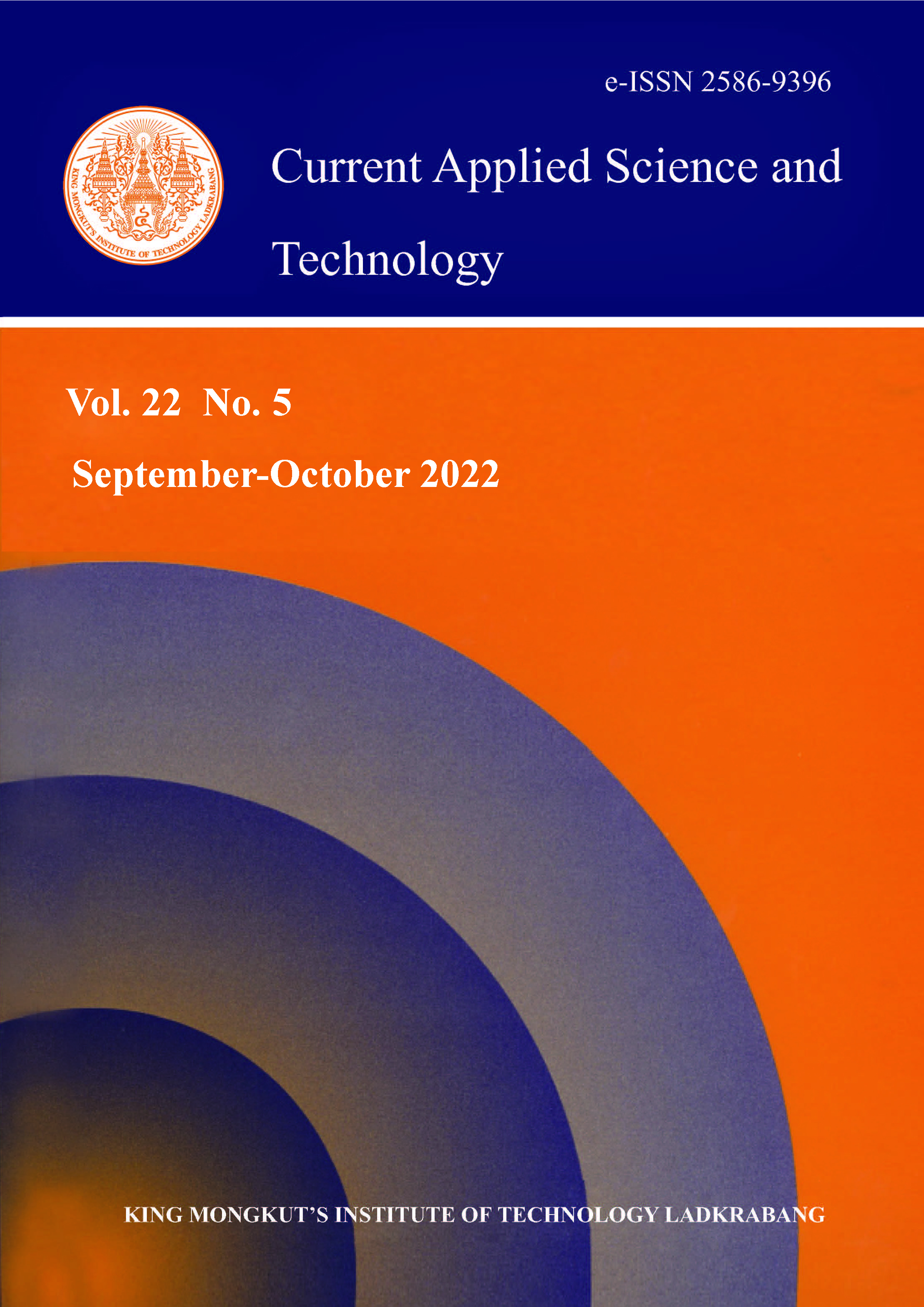Inorganic cesium lead bromide (ICLB) perovskite films were prepared onto an FTO conductive substrate by a two-step spin-dipping method. PbBr2 films were first coated onto the FTO substrate, and then they were immersed into CsBr solutions at various concentrations: 0.04, 0.06, 0.08, 0.10, and 0.12 M, forming the ICLB perovskite films. The surface morphology of the perovskite films prepared from the CsBr concentrations under 0.08 M had a uniform crystalline surface, but the CsBr concentrations above 0.08 M gave the film a non-uniform structure. XRD spectra of all ICLB films compose of mixed phases of monoclinic-CsPbBr3 and tetragonal-CsPb2Br5. The direct optical bandgap of 2.3 eV corresponded to the CsPbBr3 phase, and the indirect optical bandgap of 2.87-3.10 eV corresponded to the CsPb2Br5 phase. Carbon-based hole-transport-material (HTM) free CsPb2Br5 - CsPbBr3 perovskite solar cells were assembled, and the CsPb2Br5 - CsPbBr3 perovskite solar cells prepared from 0.08 M CsBr concentration delivered the highest efficiency of 2.6%. This was because the 0.08 M-perovskite film had good uniformity, low pinhole defect, and low PbBr2 impurities. Good cell stability, with an efficiency reduction of 10.0% of the initial value after 816 h under ambient environment, was achieved from the 0.08 M CsBr concentration cells.
Keywords: CsBr; inorganic cesium lead bromide perovskite; solar cells; hole transport material free
*Corresponding author: Tel.: (+66) 866408352 Fax: (+66) 043202374
E-mail: wiratja@kku.ac.th
Homrahad, V. ., Towannang, M. ., Kumlangwan, P. ., Jarernboon*, W. ., Pimanpang, S. ., & Amornkitbambung, V. . (2021). The Effects of CsBr Concentration on the Inorganic Cesium Lead Bromide Perovskite Film Properties and the Performances of Carbon-Based HTM-Free Perovskite Solar Cells. CURRENT APPLIED SCIENCE AND TECHNOLOGY, DOI: 10.55003/cast.2022.05.22.003 (13 pages). https://doi.org/10.55003/cast.2022.05.22.003


https://cast.kmitl.ac.th/doi/10.55003/cast.2022.05.22.003